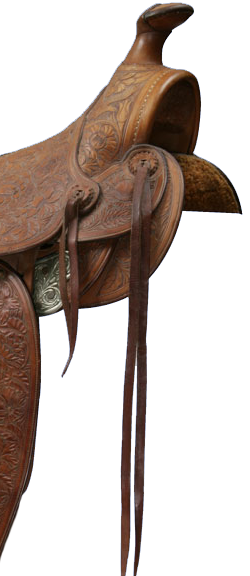Albert Johnson was not the first person to recognize the value of land in northern Death Valley. Johnson purchased 1,500 acres in Death Valley between 1915 and 1927. This included land in Grapevine Canyon that had been owned by German immigrant, Jacob Steininger.
Steininger used the area’s springs to cultivate a farm, growing vegetables, fig trees and grape vines. Although Johnson called his landholdings Death Valley Ranch, he did not continue Steininger’s agricultural efforts. While Johnson did build a chicken coop and house a few other animals, Death Valley Ranch, better known as Scotty's Castle, was a “gentleman’s ranch,” purely for rest and relaxation.
Although Death Valley Ranch lacked most of the features found on a working ranch, Scotty’s actual residence, the nearbyJohnson owned Lower Vine Ranch, lived up to its name. Johnson made improvements on this land in the late 1920s to support his claims for legal ownership.
Workers transformed what had been Johnson and Scotty’s provisional desert camp at nearby Lower Vine into a functioning, if simple, ranch. Scotty’s modest cabin, a grain shed, an alfalfa field, and the presence of various animals made this area resemble a true working ranch. Johnson largely abandoned any agricultural activity once he secured ownership, but these features reveal Lower Vine Ranch’s short-lived past as a real ranch.







































